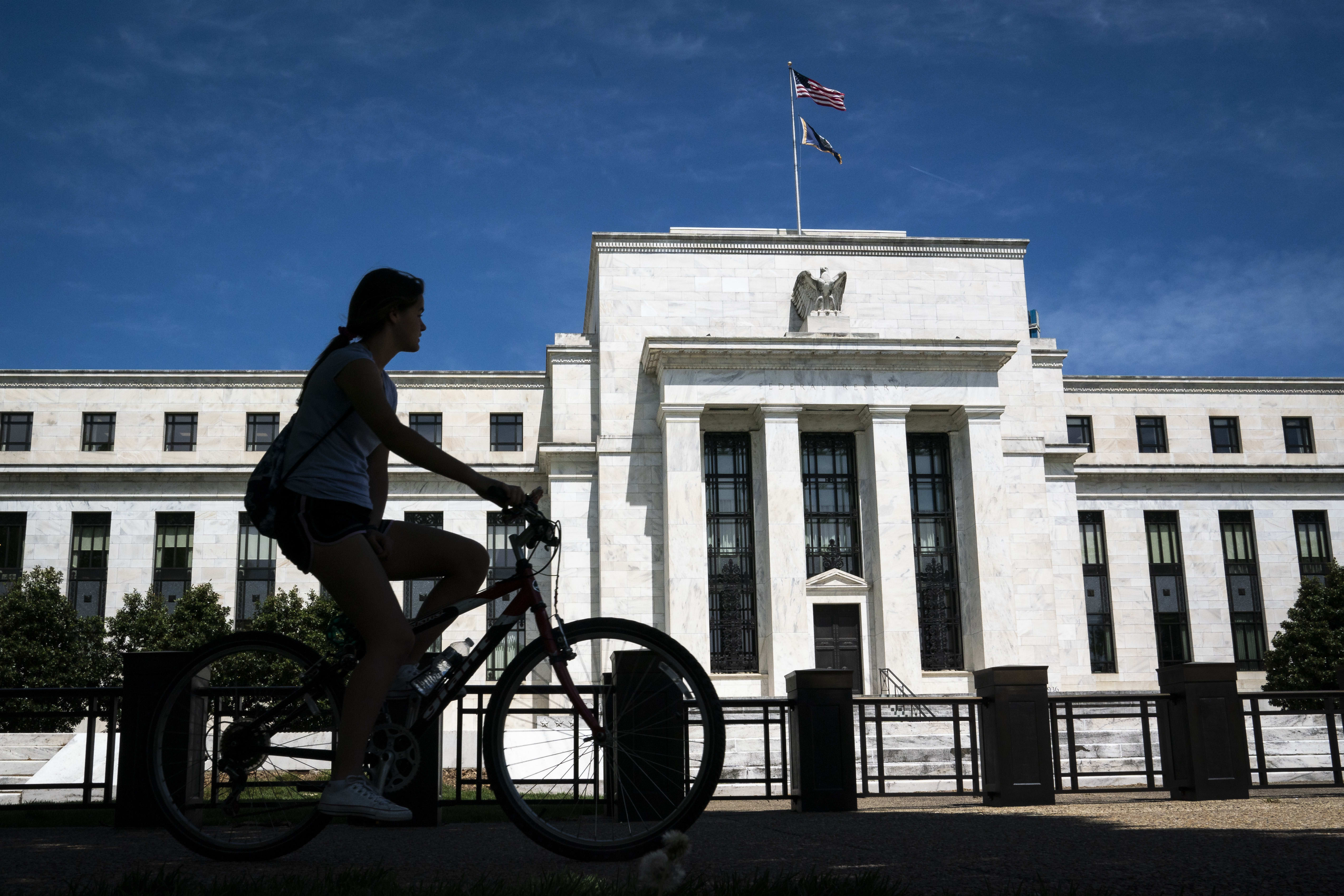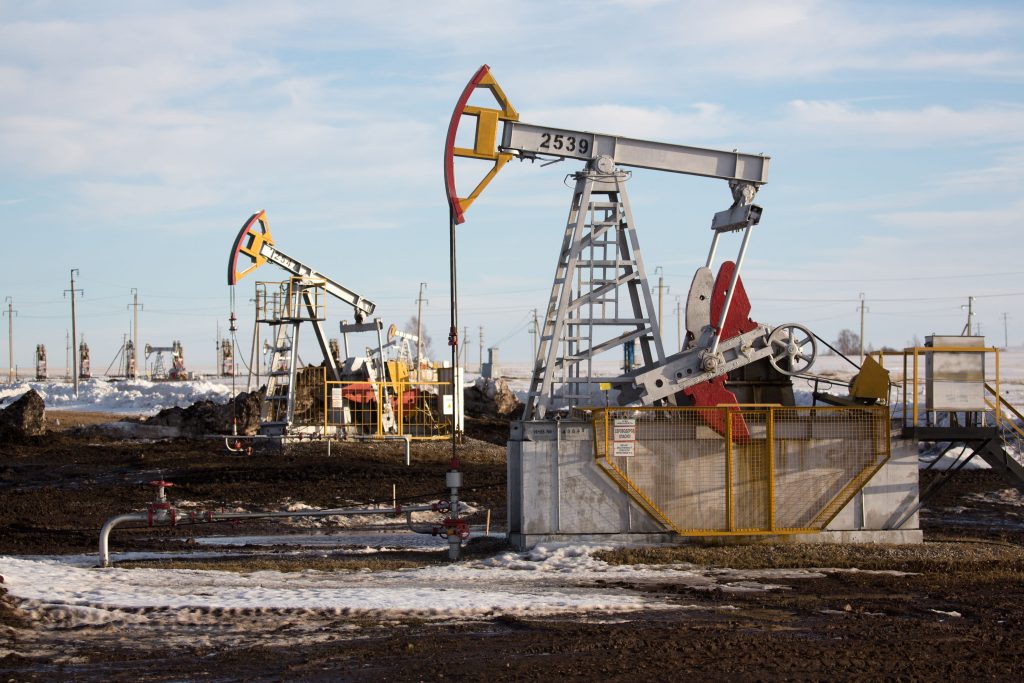
Everybody likes a deal, and now some investors have decided that means they like junk bonds.
Interest rates on risky bonds have spiked across the world, which means the corresponding prices of those securities have fallen. The result is that some investors are buying bonds of companies that carry high default risk.
Companies that issue high-yield bonds have a low credit score, suggesting they’ve had trouble paying back loans in the past. Those bonds come with a high rate of interest to compensate buyers for the risk they are taking lending to a business with a poor financial history. Such bonds are also called speculative or junk bonds — and they’re seen as a high-risk, high-reward investment.
The Federal Reserve on March 23 extended a lifeline to U.S. credit markets by providing a backstop to companies issuing investment grade bonds. That infusion of money means that companies with stronger balance sheets will have the Fed’s support if they need urgent access to cash.
The most important thing is that the yields and yield spreads have gotten attractive. A strategy of risk avoidance is not as compelling as in the past.
Howard Marks
Oaktree Capital
The immediate reaction of the move was felt by debt markets, which saw technical indicators of credit risk stabilize. The measure is expected to cushion companies with poor balance sheets as well.
Veteran credit investor Howard Marks of Oaktree Capital, speaking in an April 1 interview on CNBC’s “Street Signs Asia,” said he was buying high-yield credit.
“Six weeks or two months ago, high-yield bonds, minus energy, were yielding 3.5%,” he said. “Today they are yielding close to 10%. These bonds are down substantially in price.”
“The Fed is one element on the positive side of the ledger, but not the only one,” Howard told CNBC in an email exchange that followed his appearance. “The most important thing is that the yields and yield spreads have gotten attractive. A strategy of risk avoidance is not as compelling as in the past.”
But watch out for the negative side of the ledger, he warned.
According to Howard, conditions around the coronavirus pandemic and the economy are likely to get still worse. Defaults will begin to occur, he said, and prices may fall further.
In high-yield credit, we are fundamentally bullish on companies that can weather the storm over the next few quarters.
Neeraj Seth
head of Asian credit, Blackrock
“This is a better time to buy, but not without short-term risk,” Howard said.
The iShares High Yield Corporate Bond Index is a popular exchange-traded fund (ETF) that measures investor interest in the junk bond market.
Since its inception in 2007, the index has returned 100% to its investors. But the ETF has seen outflows of $5 billion over the last three months, bringing its total assets down to $14 billion.
Despite the Fed’s support, challenges for corporate borrowers remain substantial, Goldman Sachs said in a note last week. As with past downturns, financial distress will continue to increase, leading to higher defaults and downgrades, the firm said.
According to Goldman’s analysis, $555 billion of bonds will migrate from investment grade into high-yield over the next six months, in addition to the $149 billion that have already been downgraded year-to-date.
Breaking it down by sector
Goldman pointed to sectors including utilities, healthcare, pharmaceuticals and consumer staples as being less vulnerable to the ongoing, virus-hampered economy. Sectors such as energy, airlines, gambling, retail, leisure and lodging, all of which require more face-to-face interaction, are more vulnerable.
A big portion of the U.S. high-yield credit market is the energy sector. Whiting Petroleum, a U.S. shale oil producer, filed for bankruptcy last week. That stoked fear in the credit markets.
If a deal between Russia and Saudi Arabia is not reached soon enough, and oil prices continue to hit record lows, the onus will once again fall to the Fed to support the markets.
That support could include opening refinancing channels that could help distressed companies restructure their existing debt and buy time for future repayments.
In another research note on U.S. credit markets, Morgan Stanley advised that it’s time to put money into on investment-worthy bonds and upgraded its view on the high-yield sector to neutral.
Fixed income analysts at the firm said that uncertainty remains over how badly corporate earnings will be hit and the associated magnitude of downgrades. But a lot of that uncertainty is already in the price.
For now, they think the Fed’s easing measures will act as an important circuit breaker.
“In high-yield credit, we are fundamentally bullish on companies that can weather the storm over the next few quarters,” Neeraj Seth, head of Asian credit at Blackrock, told CNBC last Wednesday.
“It is a balance between leverage, liquidity and cash flows,” Neeraj said.

